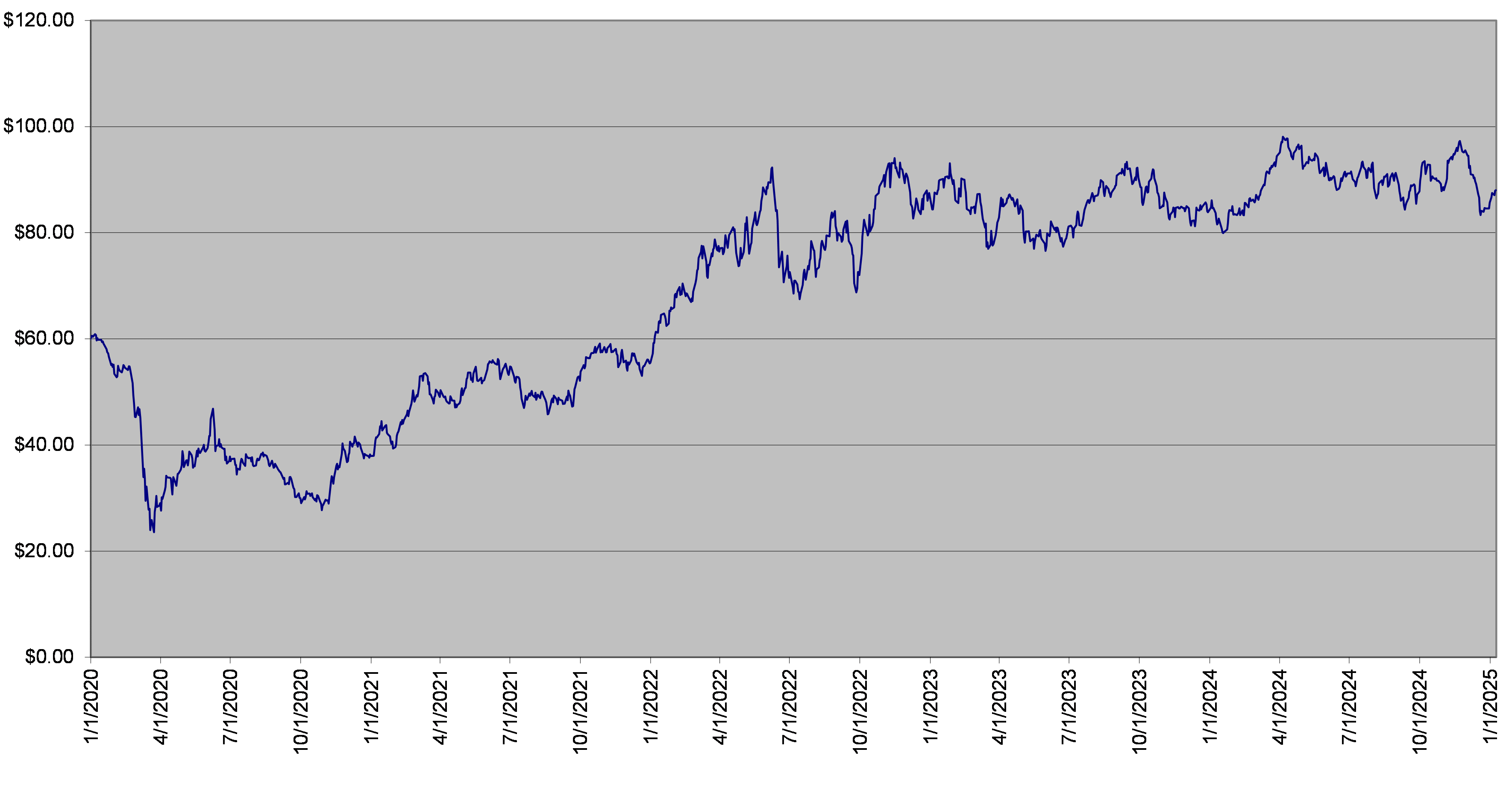Risk Factors
This section describes the material risks relating to the securities. For further discussion of these and other risks, you should read the section entitled “Risk Factors” in the accompanying product supplement, index supplement and prospectus. We also urge you to consult with your investment, legal, tax, accounting and other advisers in connection with your investment in the securities.
Risks Relating to an Investment in the Securities
■The securities do not pay interest or guarantee the return of any principal. The terms of the securities differ from those of ordinary debt securities in that they do not pay interest or guarantee the return of any of the principal amount at maturity. If the securities have not been automatically redeemed prior to maturity and if the final level of any underlying is less than its respective downside threshold level of 70% of its initial level, you will be exposed to the decline in the value of the worst performing underlying, as compared to its initial level, on a 1-to-1 basis, and you will receive for each security that you hold at maturity an amount equal to the stated principal amount multiplied by the performance factor of the worst performing underlying. In this case, the payment at maturity will be less than 70% of the stated principal amount and could be zero.
■If the securities are redeemed prior to maturity, the appreciation potential of the securities is limited by the fixed early redemption payment specified for the first determination date. If each underlying closes at or above its respective call threshold level on the first determination date, the securities will be automatically redeemed. In this scenario, the appreciation potential of the securities is limited to the fixed early redemption payment specified for the first determination date, and no further payments will be made on the securities once they have been redeemed. In addition, if the securities are redeemed prior to maturity, you will not participate in any appreciation of any underlying, which could be significant. Moreover, the fixed early redemption payment may be less than the payment at maturity you would receive for the same level of appreciation of the worst performing underlying had the securities not been automatically redeemed and instead remained outstanding until maturity.
■The market price will be influenced by many unpredictable factors. Several factors, many of which are beyond our control, will influence the value of the securities in the secondary market and the price at which MS & Co. may be willing to purchase or sell the securities in the secondary market. We expect that generally the level of interest rates available in the market and the value of each underlying on any day, including in relation to its respective initial level, call threshold level and downside threshold level, will affect the value of the securities more than any other factors. Other factors that may influence the value of the securities include:
othe volatility (frequency and magnitude of changes in value) of the underlyings and the stocks constituting the NDX Index, the SPX Index and the Energy Select Sector Index (the “share underlying index”),
ogeopolitical conditions and economic, financial, political, regulatory or judicial events that affect the underlyings or securities markets generally and which may affect the levels of each underlying,
odividend rates on the stocks constituting the NDX Index, the SPX Index and the share underlying index,
othe time remaining until the securities mature,
ointerest and yield rates in the market,
othe availability of comparable instruments,
othe composition of the underlyings and changes in the constituent stocks of the NDX Index, the SPX Index and the share underlying index,
othe occurrence of certain events affecting the XLE Shares that may or may not require an adjustment to the adjustment factor, and
oany actual or anticipated changes in our credit ratings or credit spreads.
Generally, the longer the time remaining to maturity, the more the market price of the securities will be affected by the other factors described above. Some or all of these factors will influence the price that you will receive if you sell your securities prior to maturity. For example, you may have to sell your securities at a substantial discount from the stated principal amount of $1,000 per security if the price of any underlying at the time of sale is near or below its downside threshold level or if market interest rates rise.
You cannot predict the future performance of any underlying based on its historical performance. The value(s) of one or more of the underlyings may decrease so that you will receive no return on your investment and receive a payment at maturity that is less than 70% of the stated principal amount. See “Nasdaq-100 Index® Overview,” “S&P 500® Index Overview” and “Energy Select Sector SPDR® Fund Overview” below.
■The securities are subject to our credit risk, and any actual or anticipated changes to our credit ratings or credit spreads may adversely affect the market value of the securities. You are dependent on our ability to pay all amounts due on the securities upon an early redemption or at maturity and therefore you are subject to our credit risk. If we default on our obligations under the securities, your investment would be at risk and you could lose some or all of your investment. As a result, the market value of the securities prior to maturity will be affected by changes in the market’s view of our creditworthiness. Any actual or


